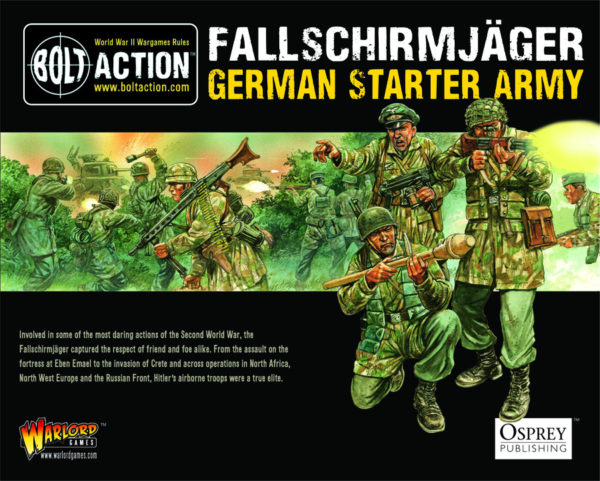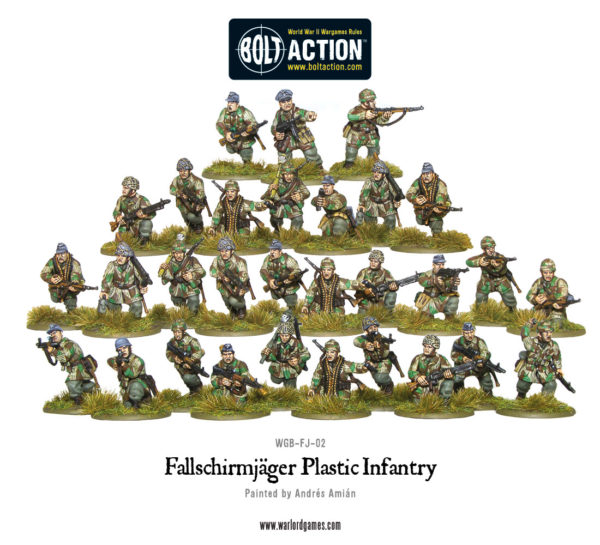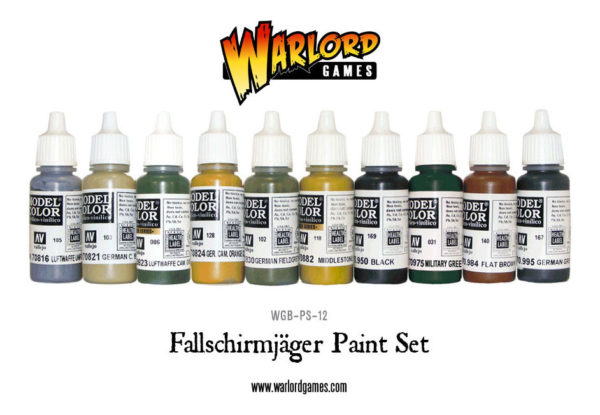German uniforms from the Second World War are confusing at the best of times, and downright contradictory at the worst. As a bit of a primer on this, Andy Singleton sent in this little guide to try and help with the different uniforms worn by the German Fallschirmjäger during WW2.
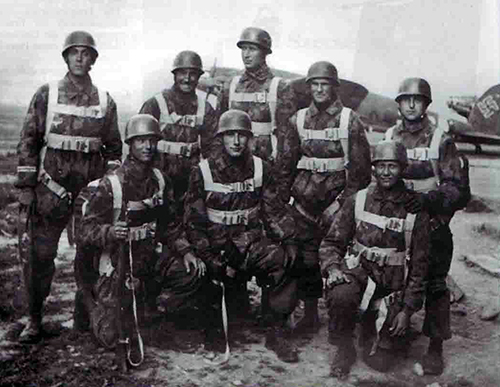
The first thing to note is that broadly speaking there were two main styles of jump smock worn (there were more, but the differences aren’t overly relevant here). The first style of smock to be issued was a step in jump smock, and this was generally issued in a pale greenish grey colour, and was the type seen in the Blitzkrieg period and up to the invasion of Crete in 1941.
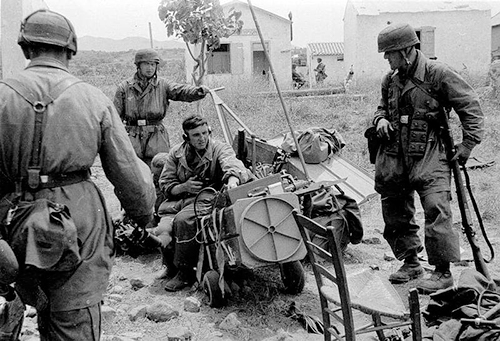
From about 1941 onwards these were also issued in a splinter pattern, and were worn right to the end of the war. You can spot these figures in both metal and plastic by the way they look to be wearing (short) shorts, and there are 3 on each of the plastic frames.
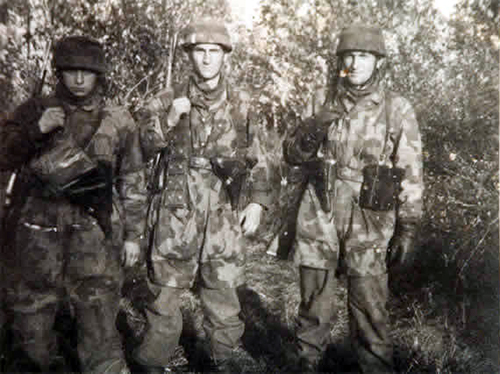
From about 1942 onwards the jump smocks changed fairly significantly, and was no longer a short onesie type garment, and instead became more like a short great coat in appearance, with fasteners to seal it around the legs still if necessary. You can spot figures wearing this as they have longer, more flowing looking uniforms. These were issued in either splinter or marsh pattern camouflage, and the plastic Fallschirmjäger set has 3 figures wearing these on the frame too.
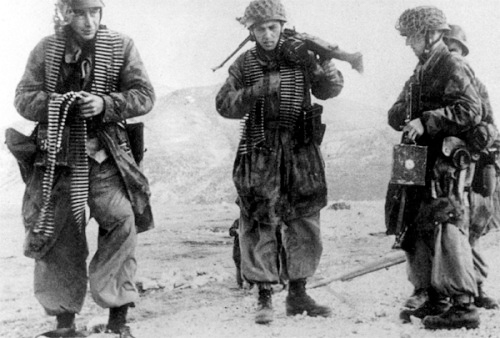
Early War
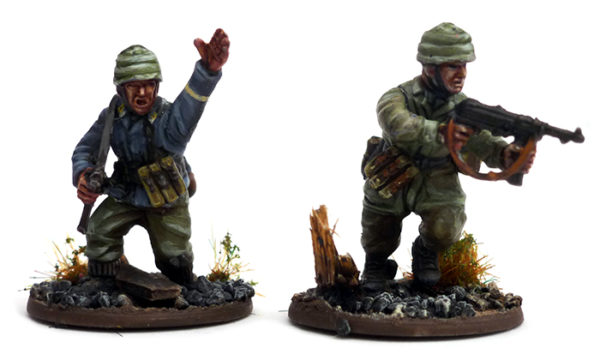
During the 39-41 period, the Fallschirmjäger uniform consisted of a pair of Field Grey trousers, a Field Blue tunic and a green Jump smock in the early style, webbing was dark brown leather, though this can often be seen dyed or polished to almost black. Helmets were a dark blue or dark green. With the invasion of Crete in 1941 the Fallschirmjäger started to receive their first splinter pattern smocks. My two figures here are wearing early style uniforms, with the figure in the tunic having been converted with parts from the Grenadier set. These uniforms were also worn right up to the end of the war as well.
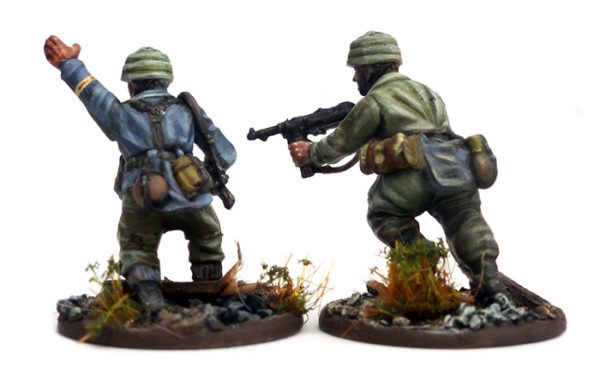
Tropical Uniform
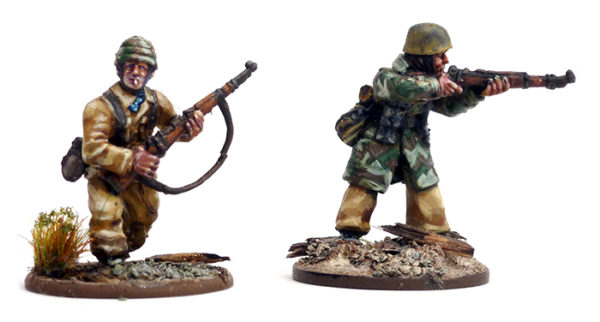
Fallschirmjäger forces fighting in areas of hot weather, such as those in the Ramcke Brigade (fighting in Africa, Tunisia, and Italy during the summer months) wore the Luftwaffe issue tropical uniform which consisted of a tan coloured light-weight tunic and baggy trousers, with the Fallschirmjäger typically wearing their jump smocks over this. The later style jump smocks also started to appear with the Ramcke brigade, so the levels of splinter camouflage really started to become commonplace. These uniforms were also worn up until the end of the war in Italy.
My figure wearing the full tropical tunic and trousers is a simple conversion from the Grenadier set, whilst his colleague simply had his trousers painted sand.
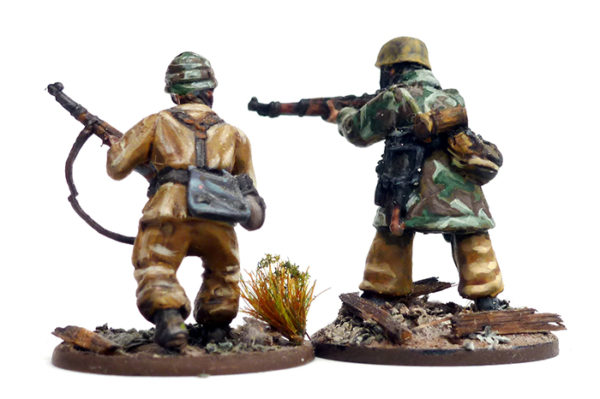
Camouflage Uniforms
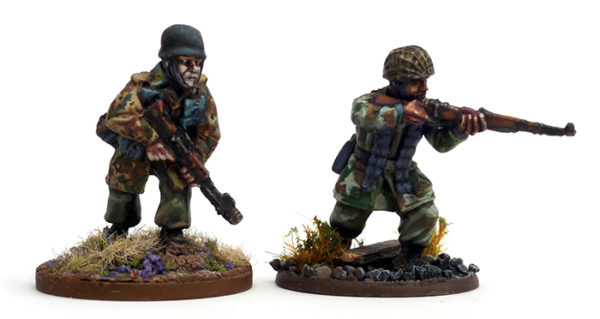
As stated above, the Jump smocks came in two type of disruptive pattern, the splinter and the Marsh Pattern. Splinter style features a hard edge pattern of brown and green over a pale green or tan base, whilst the marsh pattern features soft edge disruptive patterns of green and reddish brown over a more sand/ochre base. Splinter was issued from around late 1941, whilst the marsh pattern appeared on jump smocks in limited numbers from 1944 on to the end of the war.
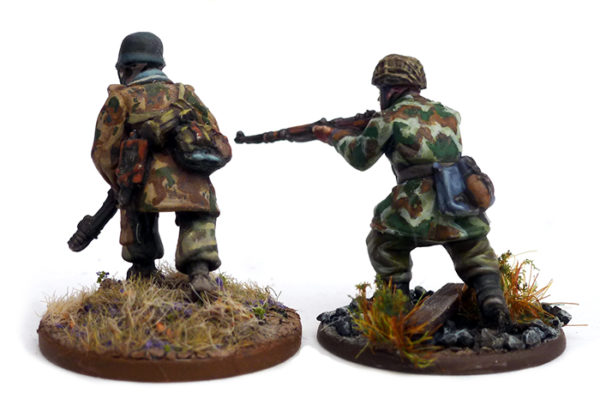
Winter Uniforms
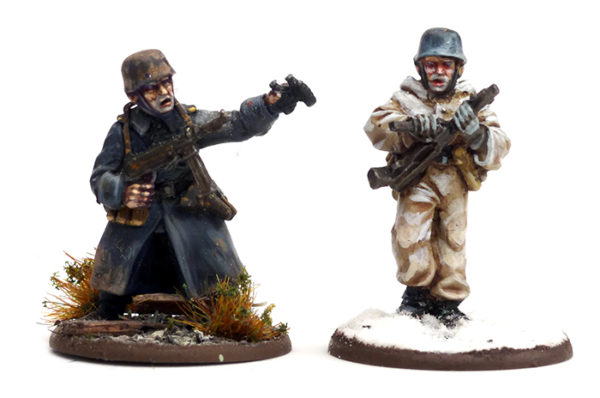
During the winter months, the Fallschirmjäger wore the standard Luftwaffe Greatcoat, as well as the reversible padded winter clothing. These padded suits came as either a mouse grey colour, splinter or marsh style camouflage.
Of my figures, the officer is made using the Winter Russians greatcoat with parts from the plastic Fallschirmjäger set. The figure wearing the full winter suit is from the new metal Winter Germans, with a head swap. With the amount of spare heads in the plastic set it would be fairly easy to make a winter Fallschirmjäger force too…
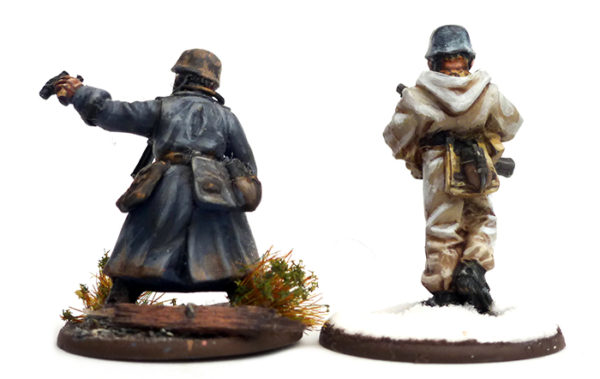
Foul Weather Uniforms
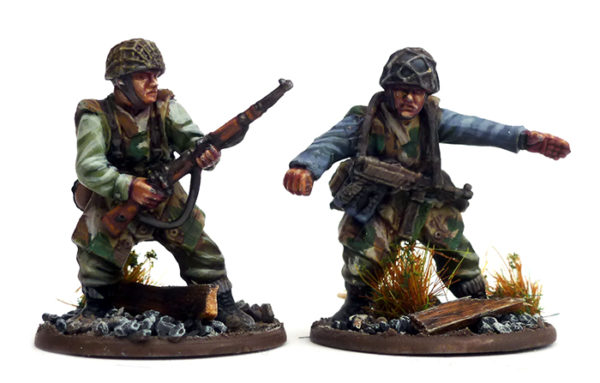
Whilst not strictly winter clothing, the Zeltbahn poncho was also worn, sometimes to help in breaking up the outline of the soldier, sometimes for warmth and protection from the elements, and sometimes as a makeshift camouflage smock. They were issued to all branches of the German military and came in Splinter pattern for the Luftwaffe. I’ve made these two figures using the Grenadier set again, and have given them a late war look as they are using the ankle boots and trousers bloused into their socks.
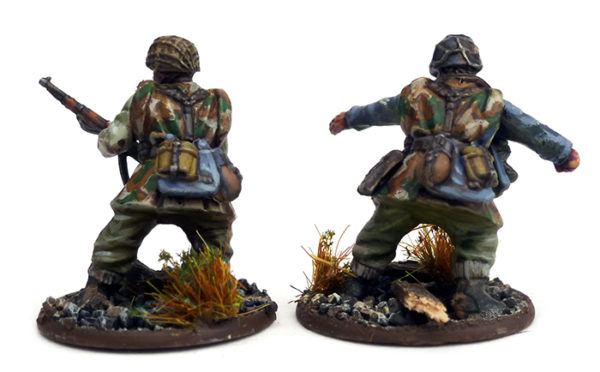
I hope this helps, and if I can be of any further assistance please don’t hesitate to ask in one of the Facebook groups or through my work page at volleyfirepainting.blogspot.com/
Get ready to jump!
